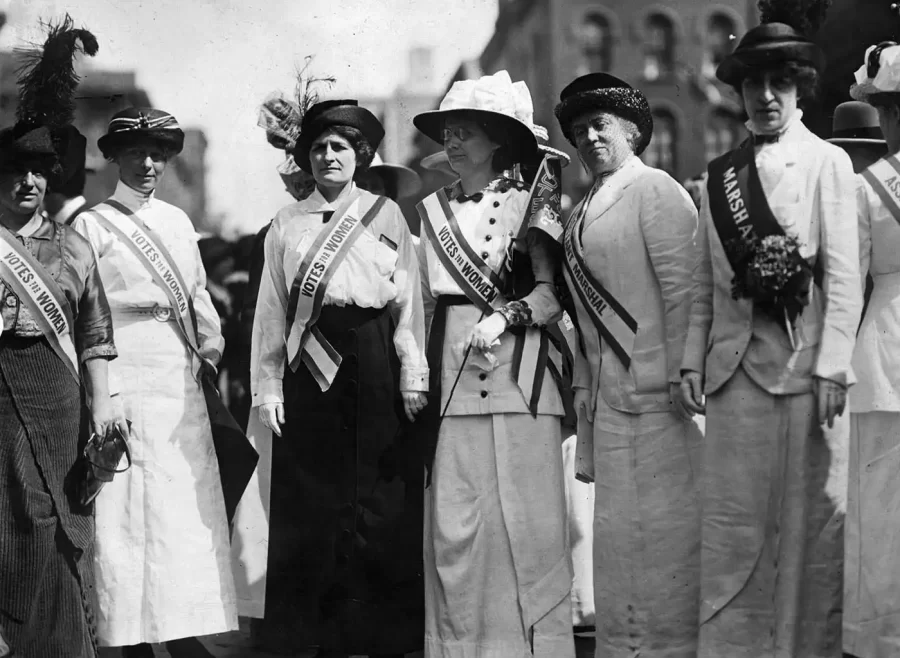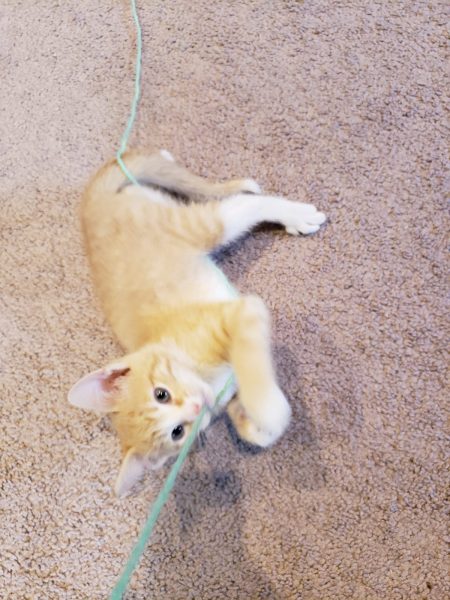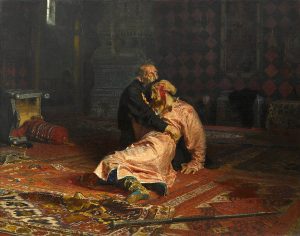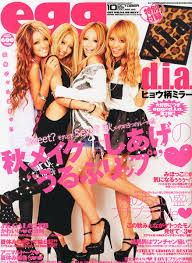The Intersection of Women’s Fashion and Activism

March 13, 2023
Throughout history, women’s fashion has been an essential and powerful tool. Fashion and activism have always been in a mixing pot together, bringing social and political changes. Certain clothes have brought us visuals current to social movements throughout history. The common denominator in these movements has always been a message activists would like to convey.
Early 1900’s Women’s Suffrage Movement

In the early 1900s, the women’s Suffrage movement started to make an appearance in the United States and Britain as a way for women to demand their right to vote in elections. This led 5,000 women to march up Pennsylvania Ave. in Washington, D.C., demanding their right to vote.
Feminism, fashion, and politics were always mixed. Suffragettes used fashion as a political campaign tool —an innovative idea at the time— using it to advocate their cause and emphasize a feminine appearance. Fashion styles became suitable to the message they were conveying. Breaking away from traditional expectations, they instead chose to show themselves as independent, powerful, and strong women.
From the giant Victorian dresses to more comfortable, streamlined outfits, women’s fashion really changed throughout the women’s suffrage movement. Until then, the social patriarchy labeled women, making them wear whatever men considered flattering and attractive. Women started to wear trousers that “they weren’t “allowed” to wear.” The super-tight Victorian corsets were replaced with more comfortable and looser styles that allowed for a free range of motion. The tailored suit and wide skirt-and-blouse look were associated with suffragettes as it shows both respectability and practicality. They had three identifying colors to wear to events: white for purity, purple for loyalty and dignity, and yellow for virtue.
The second wave of feminism: mini skirts

During the 1960s, a major rise of feminist power happened in fashion, with the appearance of the mini-skirt. Connecting feminism to one of the most important periods in fashion history. The mini-skirt was seen as a form of political activism, and as a way to rebel against society. The continuous disappointment that women face from the patriarchal society such as voting and employment discrimination led them to wear skirts with shorter hemlines as a sign of women’s liberation.
In the 1960s, women protested to de-stigmatize mini-skirts. Mary Quant the revolutionary fashion designer had a great impact on fashion history. She was credited with designing the first mini-skirt, wanting to reflect on the present desire for change. The mini skirt also represented changing from the tight corset of the 1950s to the liberation of the ’60s, independence, and sexual freedom.











